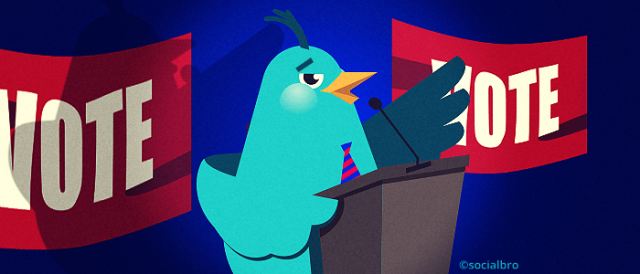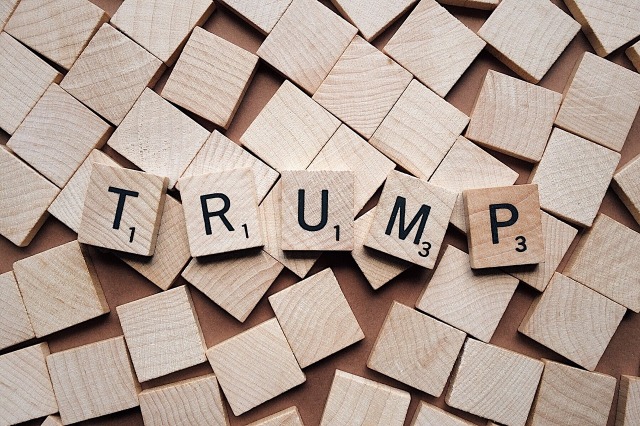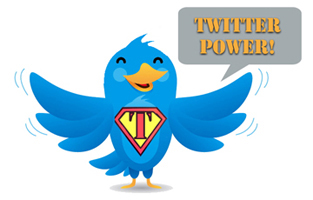No one understands how hesitant I was to title this post what it is. You have to understand, we, as a generation have been conditioned to believe that twitter is for fun, casual, and NEVER reputable. Imagine the world’s disbelief when the greatest political debate platform wasn’t a town hall in a city ripe for tourism and money making, but it was actually none other than twitter. I know what you’re thinking. Are we really in a place in society where our political leaders are engaging in similar social media feuds that our celebrities made famous? Are our political leaders and celebrities becoming the same people? (Of course they are. Ask Arnold Schwarzenegger.)
A 2011 Clay Shirky foresaw social media influence in current events. “The idea that media, from the Voice of America to samizdat, play a supporting role in social change by strengthening the public sphere echoes the historical role of the printing press.” (Shirky, The Political Power of Social Media, 6) So if we as a society have not completely disregarded the legitimacy of our politicians who engage in twitter debates [and instead, we elect them] then why have we not regarded twitter as a reputable research platform where literal history is being made every day?
It’s also Clay Shirky who recognizes, however, that our progression as a society to be more apt towards twitter and other social media platforms as reputable sources is limited by our ability to communicate cross-cultural ideals and have a “single community” social media presence. In his 2002 “Communities, Audiences, and Scales“ “With such software,the obvious question is “Can we get the best of both worlds? Can we have a medium that spreads messages to a large audience, but also allows all the members of that audience to engage with one another like a single community?”(Shirky, Communities, Audiences, and Scales) The answer seems to be”No.”” Shirky talks about the difference between an audience and a community and how we struggle with connections online because we can’t truly connect with each other in the way a community needs to, therefore our messages don’t reach people in an effective way. Since we cannot reach each other in a community aspect, we cannot connect. This limits the depth of social media connectivity and therefore we cannot explore the full potential of social media transforming them from shallow communication portals, to reputable in depth communication channels.
In efforts to take twitter beyond the threshold of just another social media platform, we have to acknowledge its limited audience. Because twitter is a free speech medium of sorts, it’s banned in many countries which allows mainstream news outlets to take the lead in coverage and access. “Overall, mainstream media appears to have more even coverage, with less clustering around major cities” (Mapping the Global Twitter Heartbeat, Twitter versus mainstream news media.) With Twitter really coming into it’s prime as a social media platform, we have to recognize it’s not prominent on accessibility the way traditional news coverage is which goes back to our inability to reach each other to make twitter more effective.
So what will it take to verify twitter? We have to acknowledge the evolution of news media. If our politicians can utilize the platform to discuss matters of the country, we should be able to take our news from the site. Information falls directly from the mouths, or the hands, of the people we are reporting on. Next we address the communication gap and accessibility for all people across the globe in efforts to take the Twittersphere from an audience, to a community. If we make these changes, we can evolve how twitter is viewed and maybe, how social media is used in future elections. (Social media was a mess due to the this being the first election social media was utilized in this way. Traditions have to start somewhere!)




